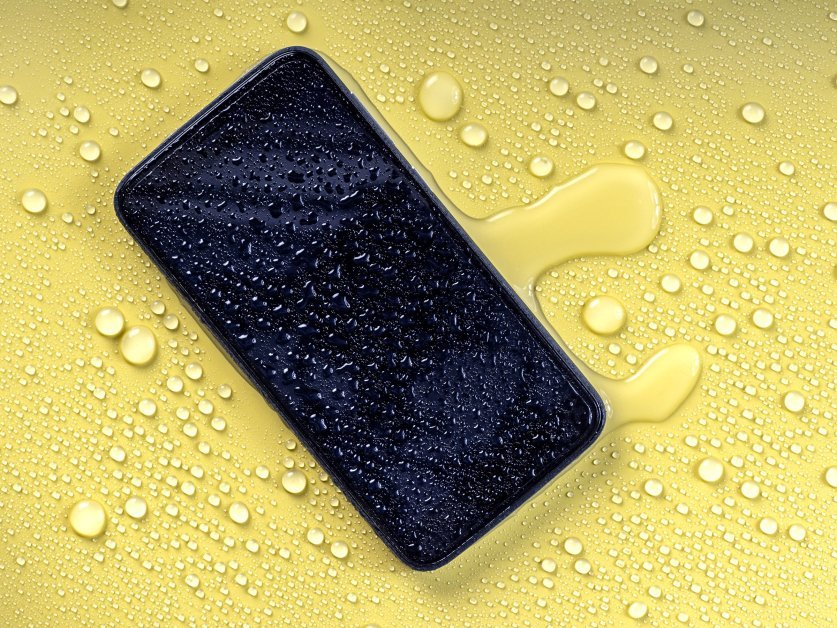Understanding Your Smartphone’s Water Resistance
Accidents happen, and our smartphones are not immune to unexpected encounters with water. To avoid the dreaded panic that comes with a wet phone, it is crucial to be aware of the Ingress Protection (IP) rating of your device. In this article, we will explore the significance of IP ratings and how they can safeguard your phone from water damage. Read on to gain insights that will help you protect your device before it’s too late.
Unraveling IP Ratings
When your smartphone slips from your grip and ends up in unforeseen places, such as a quick plunge in the bathroom or getting lost in the depths of your couch cushions, you may wonder about the level of protection your device offers. The Ingress Protection (IP) ratings, introduced in 1976 by the International Electrotechnical Commission, provide valuable insights into a device’s resistance to dust and water.
IP ratings serve as a valuable benchmark for assessing the durability of new smartphones against various environmental factors. It is important to note that IP ratings are determined through controlled laboratory tests on brand-new devices. Therefore, the level of protection may diminish if your phone is subjected to rough handling, scratches, or if it is a refurbished device. If you find yourself reading this article because your smartphone is currently soaked, check out WIRED’s guide on saving wet phones before resorting to the traditional rice-drying method.
Decoding IP Ratings: What Do They Mean?
One of the most common IP ratings for smartphones in 2024 is IP68, which signifies a high level of protection. Let’s break it down further.
The first two characters in the IP rating indicate the degree of resistance to dust and external particles, ranging from 0 to 6. A rating of 5 implies the device is “dust-protected,” while a 6 indicates it is “dust-tight.”
The final character in the IP rating reflects the water resistance level, with a scale ranging from 0 to 9. For instance, a device with an IP67 rating can withstand temporary immersion in shallow water, while an IP68-rated device can be submerged to varying depths. For example, the iPhone 11 and iPhone 15 both have an IP68 rating, but the latter can withstand water submersion up to 6 meters for 30 minutes, compared to the 2-meter depth limit of the former. The IPX rating signifies that the device is rated for either water or dust resistance, but not both.
Assessing Your Smartphone’s Water and Dust Resistance
Curious about the water and dust resistance capabilities of your smartphone? Here are some IP ratings for popular devices.
For Apple products, models like the iPhone 7, 7 Plus, 8, 8 Plus, X, XR, 2nd-generation SE, and 3rd-generation SE are rated IP67. However, newer models from Apple boast an IP68 rating, offering enhanced protection. While older devices are limited to a maximum depth of 2 meters, newer releases can withstand submersion up to 6 meters deep.
By understanding your smartphone’s IP rating and its implications, you can take proactive measures to safeguard your device from water damage and ensure its longevity.


